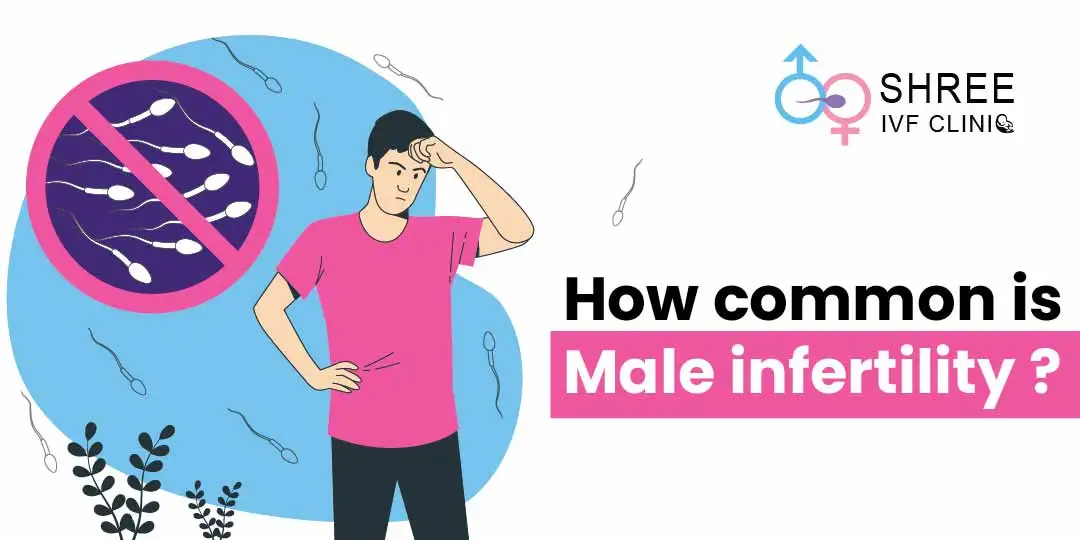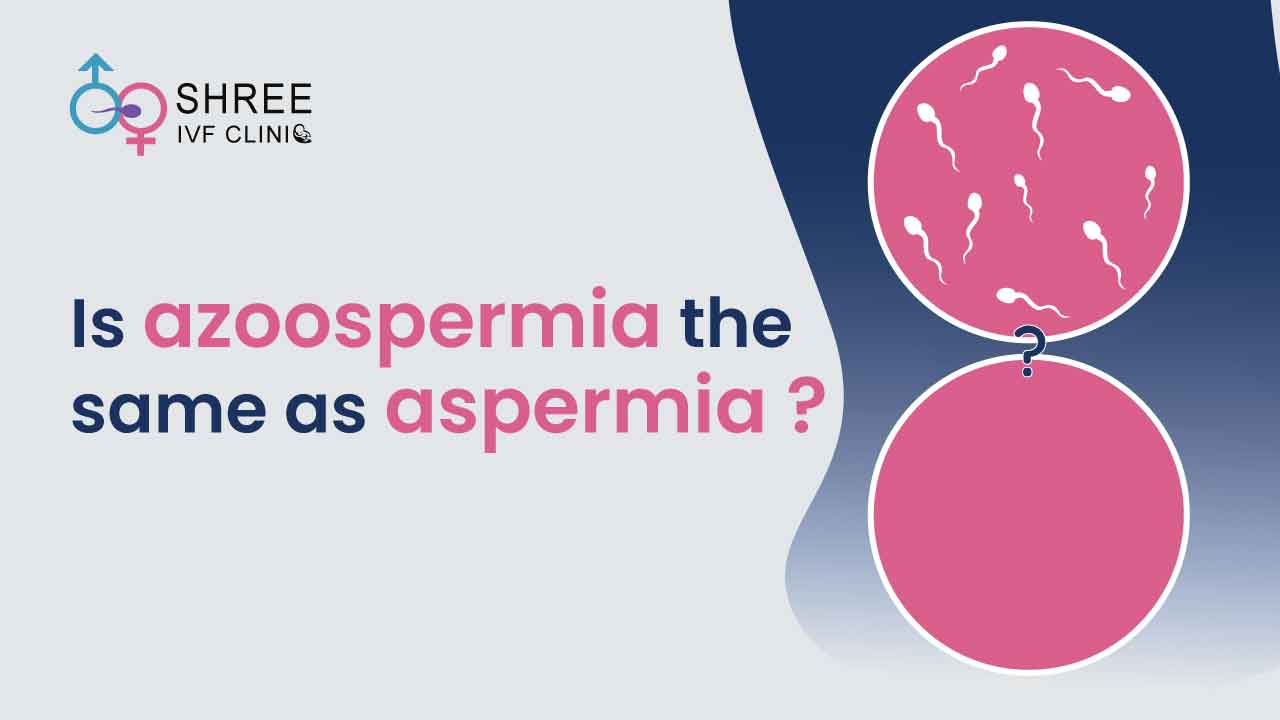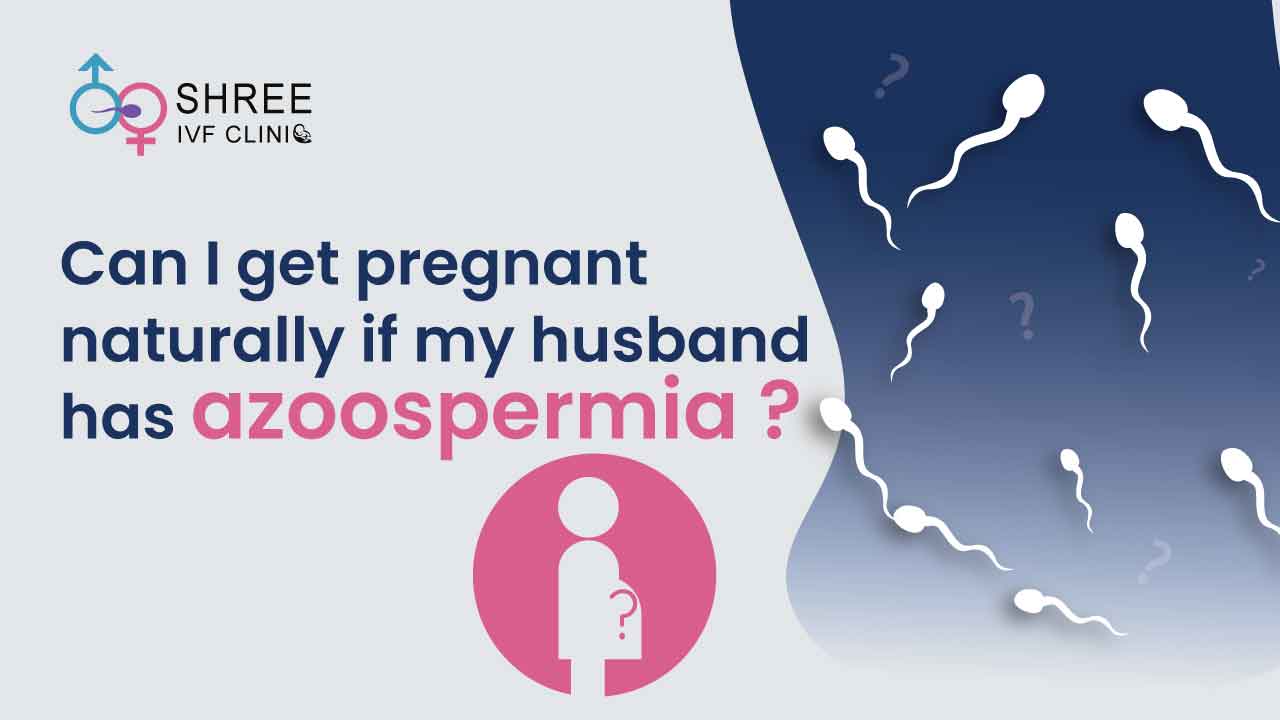Patient’s complete guide to Obstructive Azoospermia
UPDATED ON 26 AUG. 2022
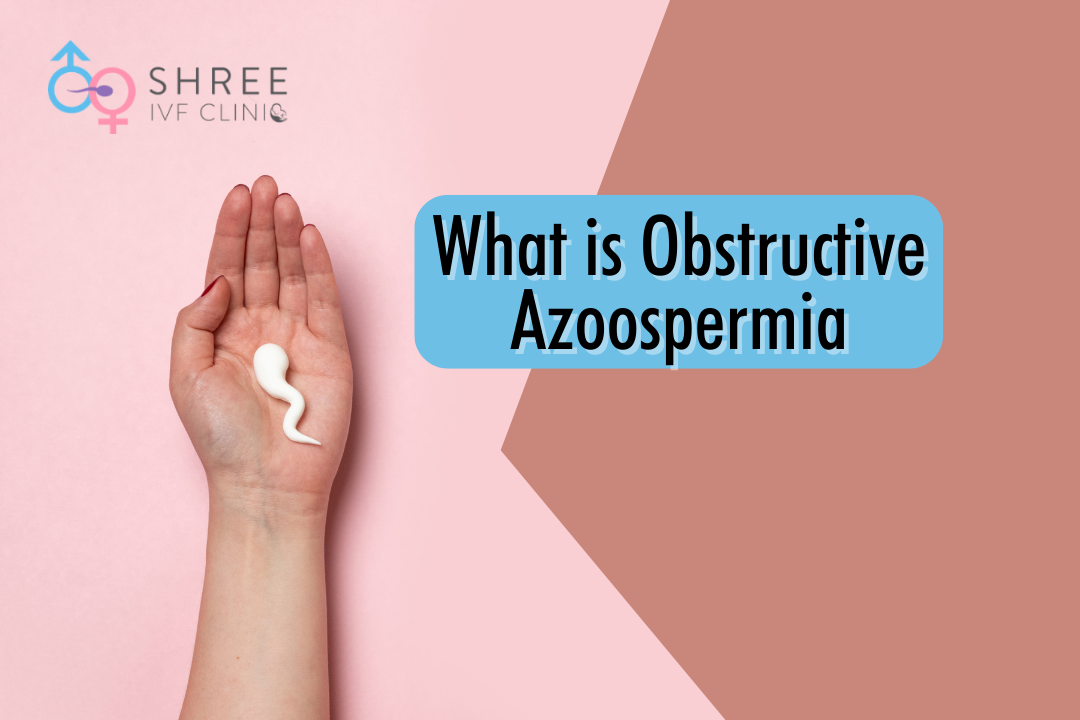
AUTHOR
Dr Jay Mehta
Scientific Director & IVF Specialist with 10+ years of experience
TREATMENT
CONDITION
GET IN TOUCH ON
If you and your partner are struggling with infertility, you may have heard of obstructive azoospermia. This is a condition where sperm cannot travel through the reproductive tract to ejaculate. Sperm are unable to move through the reproductive tract due to a blockage.
In this blog post, we’ll provide a guide to obstructive azoospermia for couples trying to conceive. We’ll discuss the causes, symptoms, and treatment options for this condition. We hope that this information will help to cope with this condition & your journey to parenthood.
Overview of Obstructive Azoospermia
Obstructive azoospermia is a condition where sperm cannot travel through the reproductive tract to ejaculate. The most common cause of this condition is a blockage in the vas deferens, which is the tube that carries sperm from the testicle to the penis.
Other causes include blockage in the epididymis, which is the tube that stores and transports sperm, or a blockage in the ejaculatory ducts. Obstructive azoospermia can also be caused by surgery, such as a vasectomy, or an injury to the reproductive tract.
Symptoms of Obstructive Azoospermia
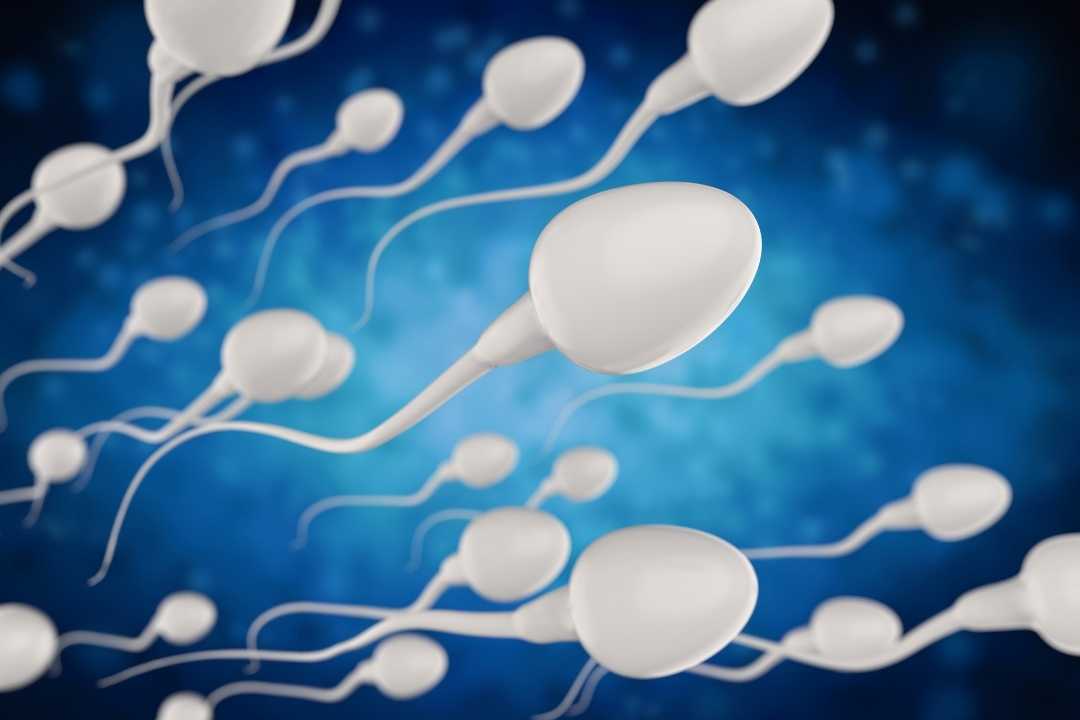
- Infertility
- Pain during ejaculation
- decreased sex drive
- Problems with sexual function
Also Read : Does Masturbation cause Azoospermia?
Is Obstructive Azoospermia Genetic?
There is no single cause of obstructive azoospermia, and it is not thought to be genetic. Rather, this condition can be caused by a variety of factors, including blockages in the reproductive tract, surgery, or injuries. If you and your partner are struggling to conceive, it’s important to talk to your doctor about your treatment options. With the help of fertility treatments, you may be able to achieve your dream of starting a family.
Difference Between Obstructive and Non-obstructive Azoospermia?
The main difference between obstructive and non-obstructive azoospermia is the cause of the condition. Obstructive azoospermia is caused by a blockage in the reproductive tract, while non-obstructive azoospermia is caused by problems with sperm production. Because of this, couples with obstructive azoospermia may have more treatment options than couples with non-obstructive azoospermia.
Diagnosis of Obstructive Azoospermia
Your doctor will likely start with a physical exam and a review of your medical history. They may also order tests, such as a semen analysis or a blood test to check your hormone levels. If the cause of your condition is unclear, you may need further testing, such as a scrotal ultrasound or testicular biopsy.

4,790+
379K+
” Every individual and couple’s journey is unique, and
finding the right solutions tailored to their specific
circumstances can make all the difference “
Treatment of Obstructive Azoospermia
If the cause of your obstructive azoospermia is a blockage in the vas deferens, your doctor may recommend surgery to repair the blockage. This surgery is called a vasectomy reversal. If your blockage is due to an obstruction in the epididymis or ejaculatory ducts, your doctor may recommend surgery to remove the obstruction. In some cases, sperm can be retrieved directly from the testicle for use in fertility treatment. This procedure is called sperm aspiration.
If you have obstructive azoospermia, it’s essential to talk to your doctor about your options for treatment. With the right treatment plan, you may be able to achieve your goal of starting a family.
AUTHOR
Dr Jay Mehta
Scientific Director & IVF Specialist with 10+ years of experience
CONDITION
CALL US 24/7 FOR ANY HELP
GET IN TOUCH ON
Share Article on
Recommended Reading
How Common is Male Infertility?
If you’re dealing with infertility, don’t feel alone – you’re far from it. And if you’re wondering how common male infertility is, read the latest statistics
Is Azoospermia the same as Aspermia?
Aspermia results in complete lack of ejaculation in men, while azoospermia results in no sperm in the ejaculate
Can I get Pregnant Naturally if my Husband has Azoospermia?
Azoospermia means there’s no sperm in a man’s after ejaculate. If you wish to have a family but have azoospermia, ART therapies may be able to help


